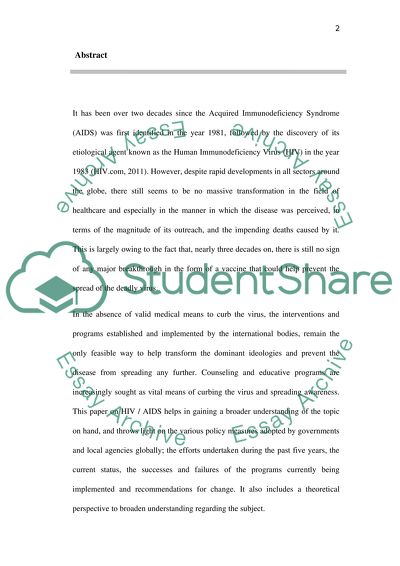Cite this document
(“HIV/AIDS: Prevention and Treatment Research Paper”, n.d.)
HIV/AIDS: Prevention and Treatment Research Paper. Retrieved from https://studentshare.org/health-sciences-medicine/1407474-hiv-aids-prevention-and-treatment
HIV/AIDS: Prevention and Treatment Research Paper. Retrieved from https://studentshare.org/health-sciences-medicine/1407474-hiv-aids-prevention-and-treatment
(HIV/AIDS: Prevention and Treatment Research Paper)
HIV/AIDS: Prevention and Treatment Research Paper. https://studentshare.org/health-sciences-medicine/1407474-hiv-aids-prevention-and-treatment.
HIV/AIDS: Prevention and Treatment Research Paper. https://studentshare.org/health-sciences-medicine/1407474-hiv-aids-prevention-and-treatment.
“HIV/AIDS: Prevention and Treatment Research Paper”, n.d. https://studentshare.org/health-sciences-medicine/1407474-hiv-aids-prevention-and-treatment.


